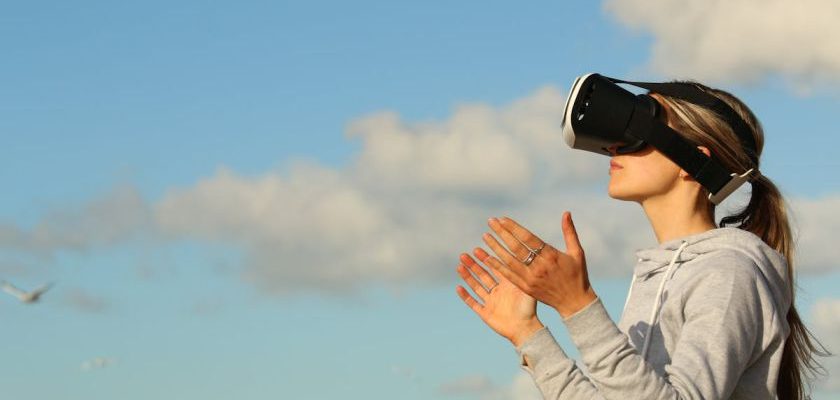Virtual reality (VR) technology has revolutionized various industries by providing immersive and realistic simulations of complex processes. In the industrial sector, VR has proven to be a powerful tool for training, design, and operation. By creating virtual environments that mimic real-world scenarios, VR enables users to engage with and understand industrial processes in a way that was previously impossible. Let’s explore how virtual reality can effectively simulate industrial processes.
Enhanced Training Programs
One of the key benefits of virtual reality in the industrial sector is its ability to enhance training programs. By creating realistic simulations of equipment, machinery, and processes, VR allows employees to practice and learn in a safe and controlled environment. This hands-on approach helps to improve retention and understanding, leading to more competent and confident workers. VR training programs can also be customized to simulate specific scenarios or challenges, providing a tailored learning experience for employees.
Realistic Design Prototyping
Virtual reality enables industrial designers to create and test prototypes in a virtual environment before moving to physical production. By visualizing and interacting with 3D models of equipment and processes, designers can identify potential flaws or inefficiencies early in the design process. This not only saves time and resources but also leads to more optimized and effective designs. VR simulations allow designers to explore different configurations and options, leading to innovative solutions that may not have been possible with traditional design methods.
Remote Monitoring and Maintenance
In the industrial sector, equipment maintenance is crucial for ensuring optimal performance and minimizing downtime. Virtual reality technology can be used to remotely monitor equipment and processes, allowing maintenance teams to identify issues and perform maintenance tasks from a distance. By providing real-time data and visualizations, VR simulations enable maintenance teams to diagnose problems quickly and accurately, leading to faster repairs and reduced downtime. This remote monitoring capability is especially valuable for industries with complex or hazardous environments.
Improved Safety Protocols
Safety is a top priority in the industrial sector, and virtual reality can play a significant role in improving safety protocols. By simulating hazardous scenarios or emergency situations, VR training programs can help employees develop the necessary skills and knowledge to respond effectively in real-life situations. VR simulations can also be used to identify potential safety hazards in industrial processes and environments, allowing companies to implement preventive measures before accidents occur. By integrating virtual reality into safety training programs, industrial companies can create a safer work environment for their employees.
Innovative Decision-Making Processes
Virtual reality technology can also facilitate innovative decision-making processes in the industrial sector. By visualizing data and complex processes in a virtual environment, decision-makers can gain new insights and perspectives that may not be apparent in traditional 2D representations. VR simulations allow decision-makers to explore different scenarios and options, leading to more informed and strategic decisions. This ability to interact with data in a virtual space can help companies optimize their processes, improve efficiency, and stay ahead of the competition.
In conclusion, virtual reality technology has the potential to revolutionize industrial processes by providing immersive and realistic simulations that enhance training, design, operation, safety, and decision-making. By harnessing the power of VR, industrial companies can improve efficiency, optimize processes, and create a safer work environment for their employees. The integration of virtual reality into industrial processes represents a significant step forward in the digital transformation of the industrial sector.

